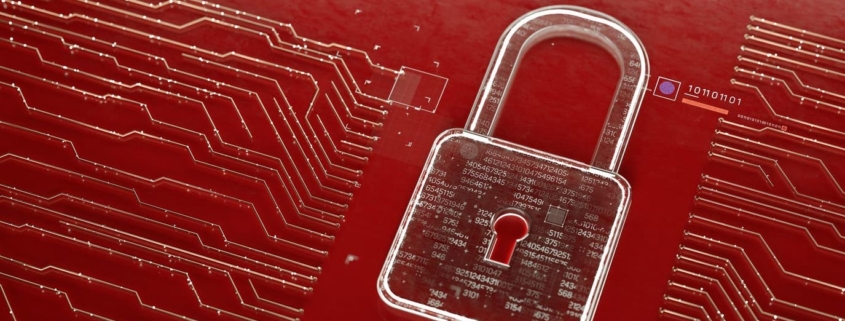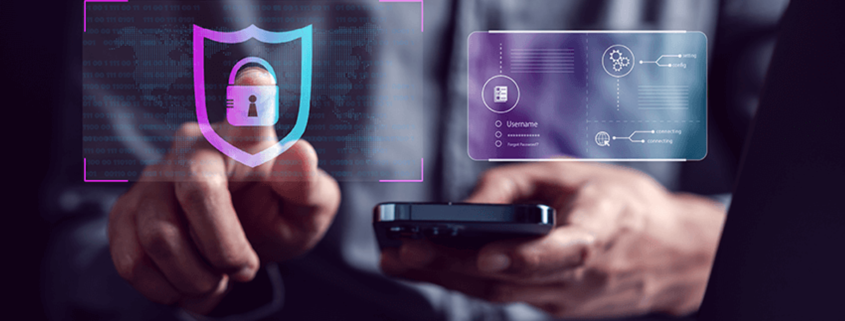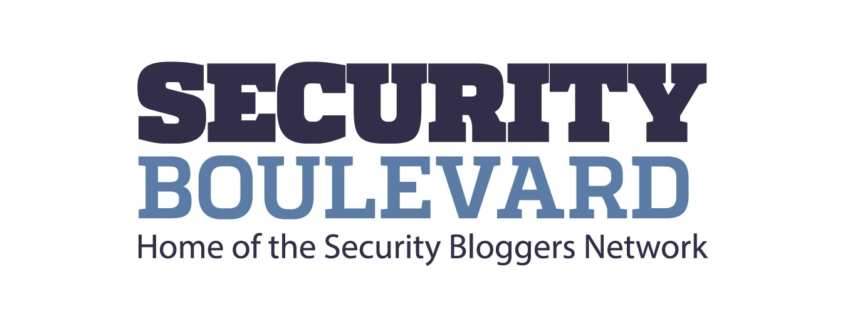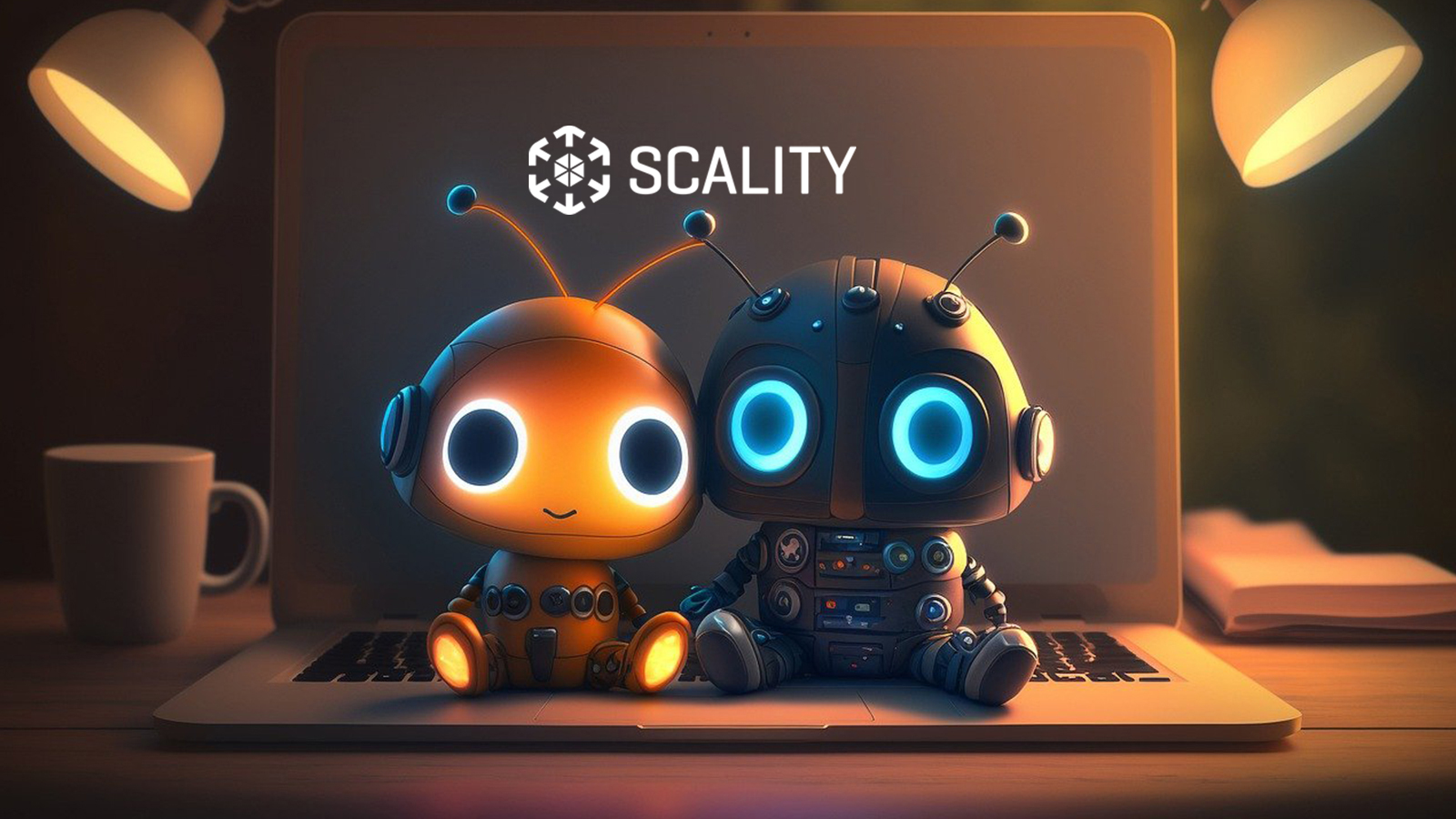The Logical Evolution Of Data Security
Manny Rivelo is the CEO of Forcepoint.
Recently, I received a notification from a big hotel chain in Las Vegas of a recent data hacking incident. I’ve only stayed at that hotel once or twice in my life, but my personally identifiable information (PII)—my driver’s license and my credit card information—was now at risk of being spread all over the internet or dark web. It’s a letter no company wants to send to its customers. Data breaches like these are costly and the reputational harm is incalculable. And it does cause me to pause in considering if I will ever stay there again.
Managing an unprecedented volume of data spread across numerous devices is the data management challenge that organizations across industries, such as hospitality, healthcare, financial services and more, face today. The fundamental question that arises for these businesses is: How can they accurately track their data—determine its location, manage access and control user interactions? Addressing these concerns requires an evolution in data security practices that I believe must occur in three crucial areas.
The Modern Convergence Of Data Security And Networking
In the contemporary business environment, most organizations entrust their infrastructure and software management to cloud, SaaS and PaaS providers. However, they’re realizing they need to retain control of their data. Everyone has their own motivations and business reasons for protecting different types of sensitive and critical data, which is dispersed in multiple clouds—in various public clouds, traditional data centers and personal devices far from corporate headquarters.
The theft of intellectual property is a competitive issue, whereas breaches of regulated data like PII, in my case, or personal health information (PHI) trigger compliance mandates and financial penalties. All types of data loss are rapidly becoming board-level, existential threats.
Consequently, data and network security are increasingly intertwined as the network has become key to how sensitive data is accessed. Success in this context hinges on implementing consistent security policies across diverse networks and clouds, supported by robust…





 HDDs will live on, despite predictions of a premature death
HDDs will live on, despite predictions of a premature death